Having radon mitigation done to your home can bring relief and a sense of safety, but what if there's water leaking in your basement after the mitigation? What does this mean, and what can you do about it? We've researched these questions, and this is what we found out.
The main reason your basement floor has a lot of water after radon mitigation is probably due to a leak in the piping system. Below are some things you can do when the sump pump cannot push water out of your basement.
- Inspect the check valve
- Clean the sump pit
- Fix the discharge pipe
- Apply hydraulic cement
- Call a professional
Throughout this article, you'll learn what to do when water is leaking in your basement after radon mitigation. We'll share with you why this happens and discuss what radon mitigation is. There's more to learn, so keep reading!
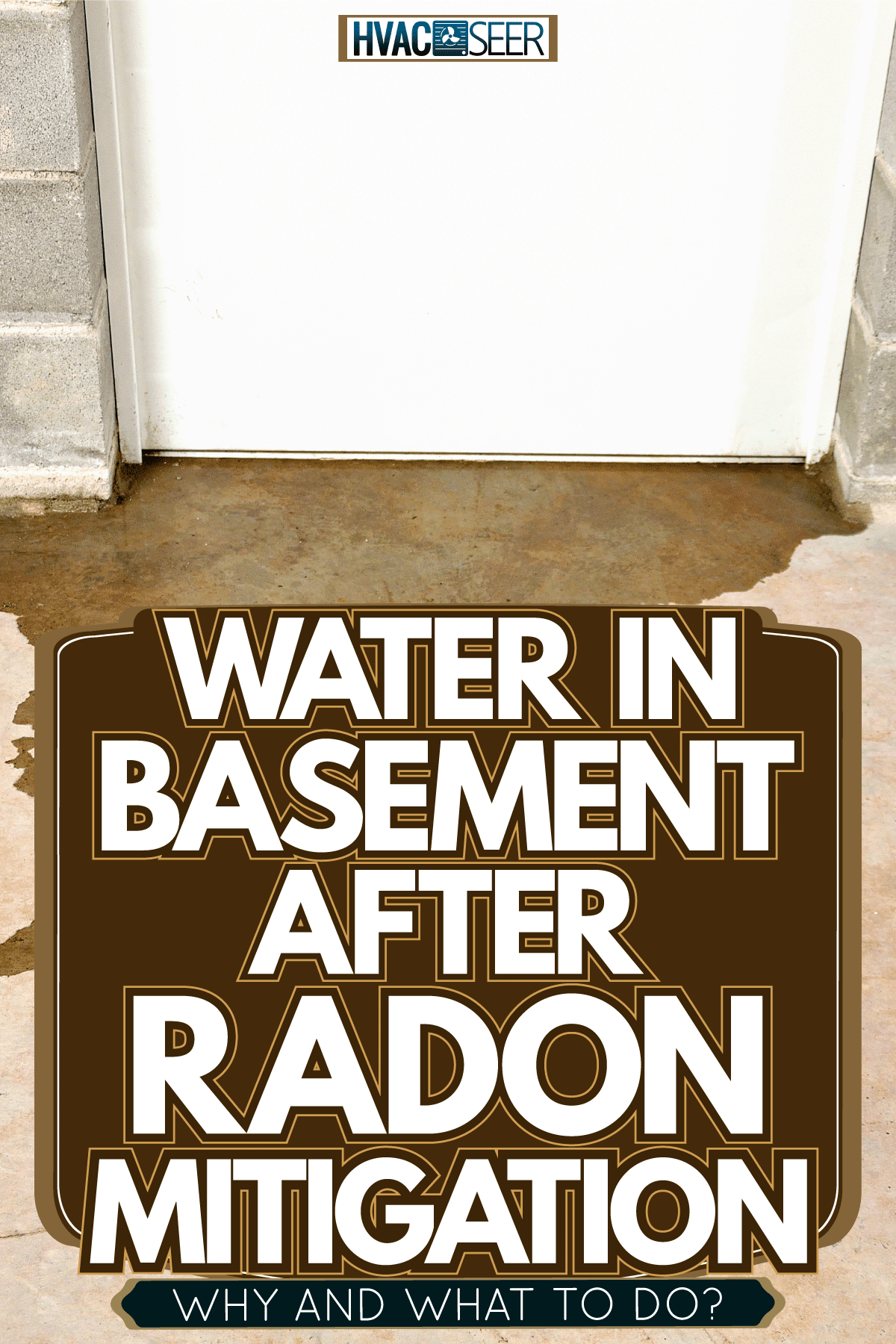
What to Do When Water Leaks In Basement After a Radon Mitigation?
Radon is a harmful gas that can cause a lot of health issues. One way to remove radon is through radon mitigation, in which the concentration of gas is reduced with the help of a sump pump. The water will mix with radon so that the sump pump can carry harmful chemicals outside to the sewer system.
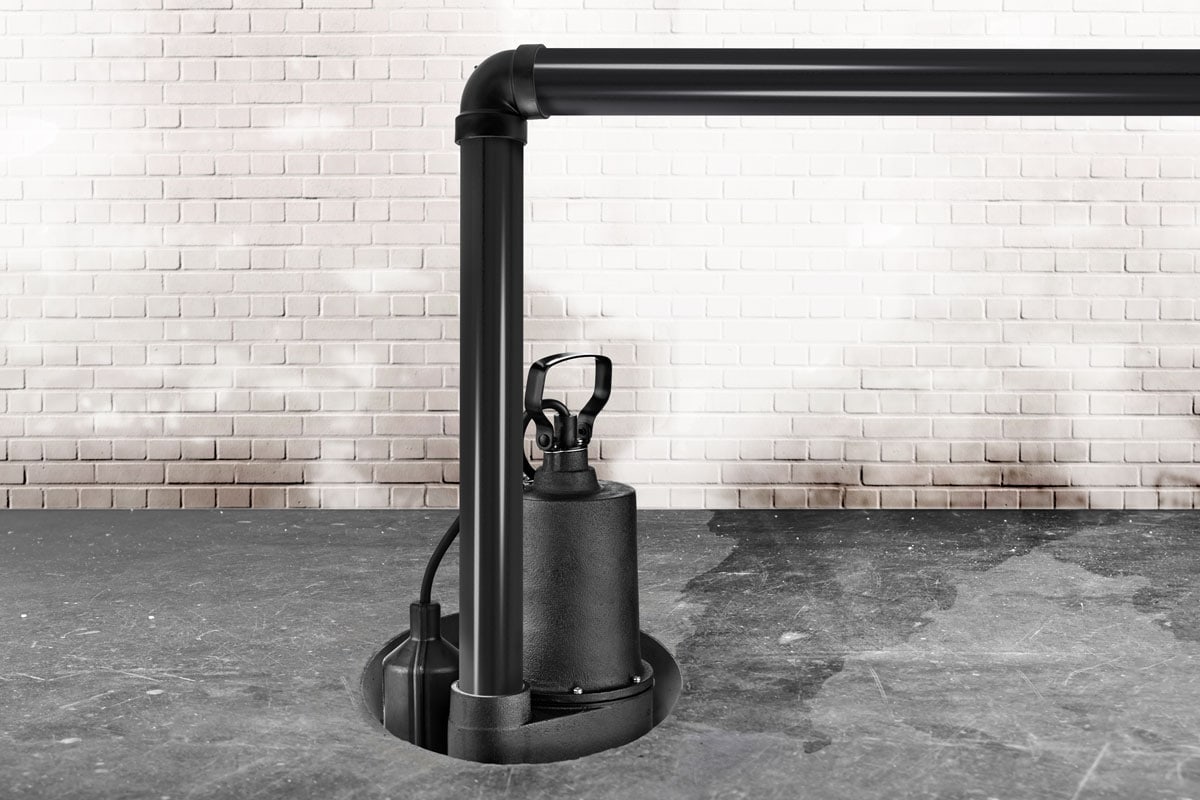
See the diagram of radon mitigation here:
To make the radon mitigation a success, the basement should also have proper ventilation or rapid air exchange. This way, radon cannot concentrate in air space.
Radon mitigation is done by a licensed radon mitigation professional who uses a device to test the radon level in an area. Proper assessment is important before they start the radon mitigation.
However, you can check your area's radon level with your own radon detectors.
See this radon detector on Amazon.
Water may leak after radon mitigation because of a broken pipe in the system. Below are some steps that you can take when this happens.
Inspect the Check Valve
The purpose of the check valve is to prevent water from flowing back to the original point. Usually, the check valve has a metallic ball that blocks the water from the opposite direction of the pipe.
The check valve is installed along the discharge pipe. Check to see if it's working correctly. Otherwise, the water will return to the sump pit and trigger flooding.
Clean the Sump Pit
It's important to clean the sump pit at least once every three months. The sump pit is the basin where radon water collects. It would be best if you cleaned it to maintain the good performance of the mitigation system.
To clean the sump pit, perform these steps:
- Wear heavy-duty gloves and a mask before you start cleaning.
- Disconnect the pump from the primary source.
- Open the sump pump. Lift and remove the pump motor from the pit, then place it in a wide basin.
- Scrape the dirt off the pump motor on its exterior. You can use a water hose and a cleaning soap.
- Using a vacuum, suck off the remaining water in the pit. Make sure your vacuum is compatible with sucking liquid waste.
- Remove any debris or sludge, then scrape off the dirt. Remove the brick at the bottom of the pit, then set it aside.
- Wash the pit with water and a cleaning solution.
- Use the vacuum again to suck off the liquid waste.
- Put the brick and the pump motor back. Put the cover back on.
- Wash your hand and face with soap for safety.
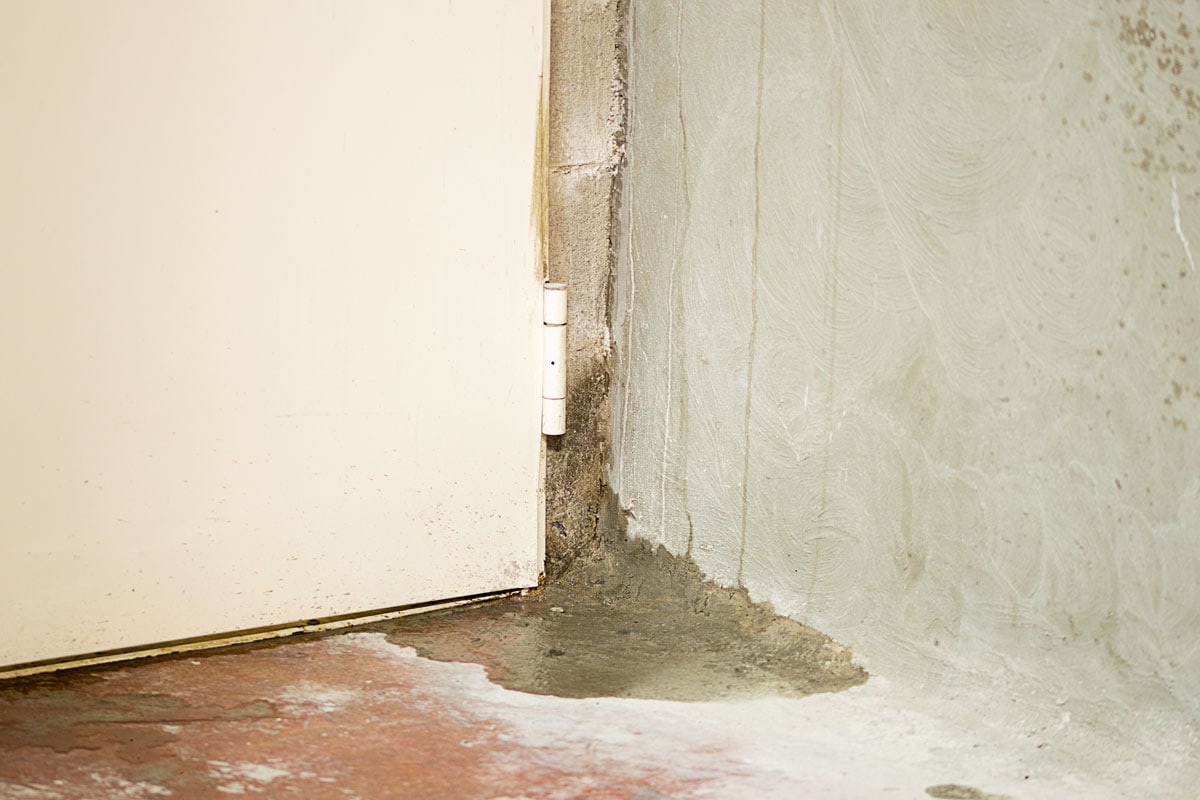
Fix the Discharge Pipe
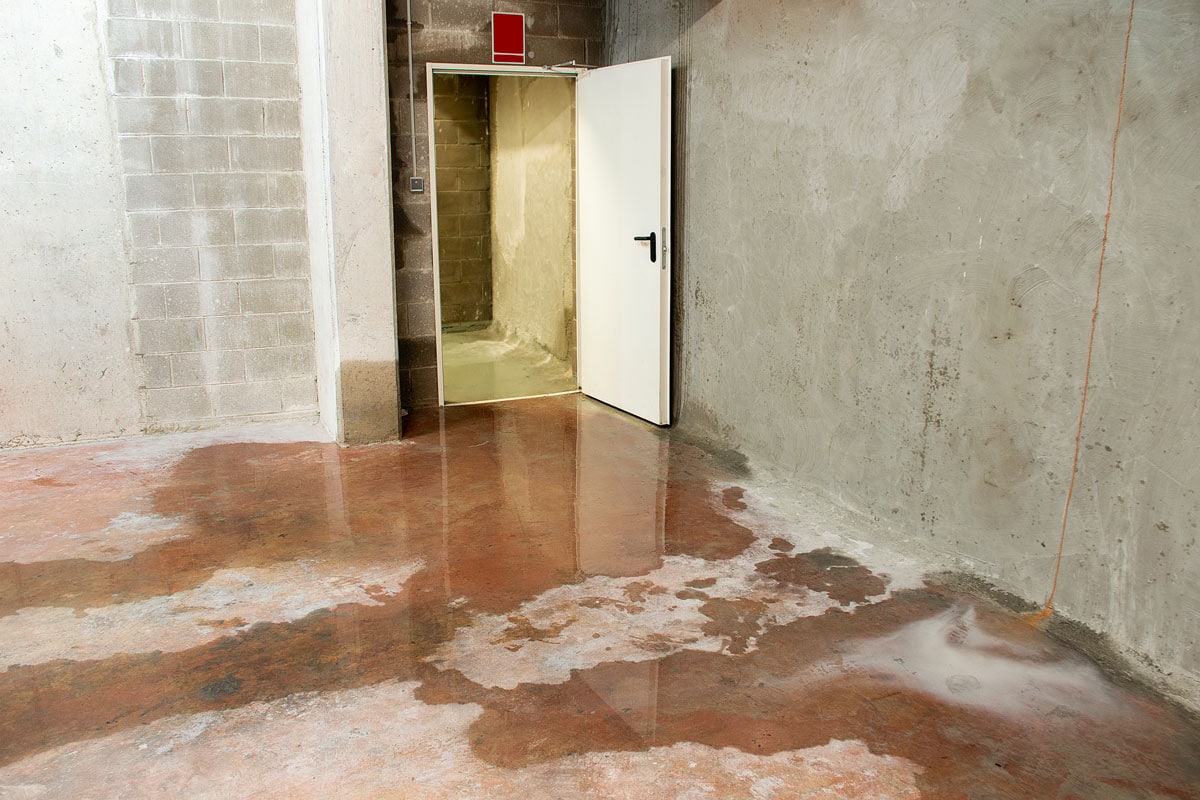
A discharge pipe is a pipe that runs from the sump pump up to the ground outside and the sewer system. A faulty discharge pipe will leak water.
Inspect the pipe to see if there's a portion that leaks water from the sump pump to the endpoint. You may need to apply a sealant or replace the broken pipe. You can ask a plumber to help you fix the discharge pipe.
Apply a Hydraulic Cement
Hydraulic cement is a special type of cement that easily hardens, even in contact with water. This is a common product used in waterproofing. You can apply hydraulic cement as a sealant around leaks and gaps.
See this hydraulic cement on Amazon.
See the steps below on how to apply hydraulic cement.
- Mix the hydraulic cement with water.
- Blend the mixture slowly.
- Apply hydraulic cement on cracks, holes, and leaks.
- Press the mixture firmly into place.
- Let the hydraulic cement set.
Call a professional
If your basement is still having water leaks, calling a trusted plumber to sort it out will do the job. There could be some problems that go unnoticed by the untrained eye. A professional will thoroughly check your basement's plumbing and make the proper repairs.
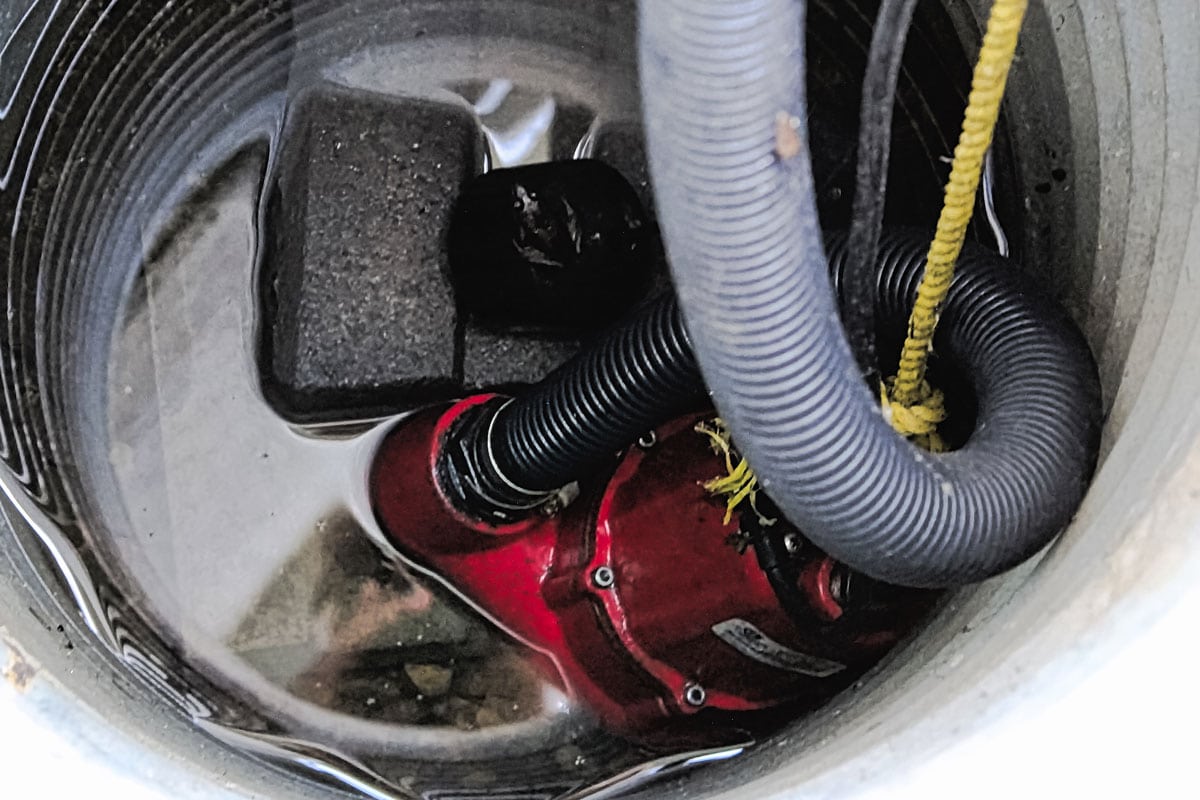
How Sump Pit Radon Mitigation Works
Understanding how sump pit radon mitigation works and why it involves water is important. To give you an idea of what might cause your basement to flood, check out the information below.
Radon Entry
The radon enters through the ground soil. The radon will settle there until the water comes. Since radon is a radioactive gas that comes from the decay of uranium, radon can be found on soil and rocks. It will find a way to evaporate through cracks on the ground.
Water Collection
Household wastewater is collected in the sump pit, where the water meets radon. The water you used in the laundry, sink, and bathroom will go to the sump pit.
The radon will then mix with wastewater, making it radon water. This radon water is hazardous to humans. That's why it's important to release the radon water out of the house.
Sump Pump
The next process is the sump pump, where the collected radon water will be pushed through the water discharge pipe. The sump pump automatically switches power from on and off. This is because the sump pump detects the level of radon water in the sump pit. The impeller then acts as a filter to prevent solid particles from clogging the discharge pipe.
Water Discharge
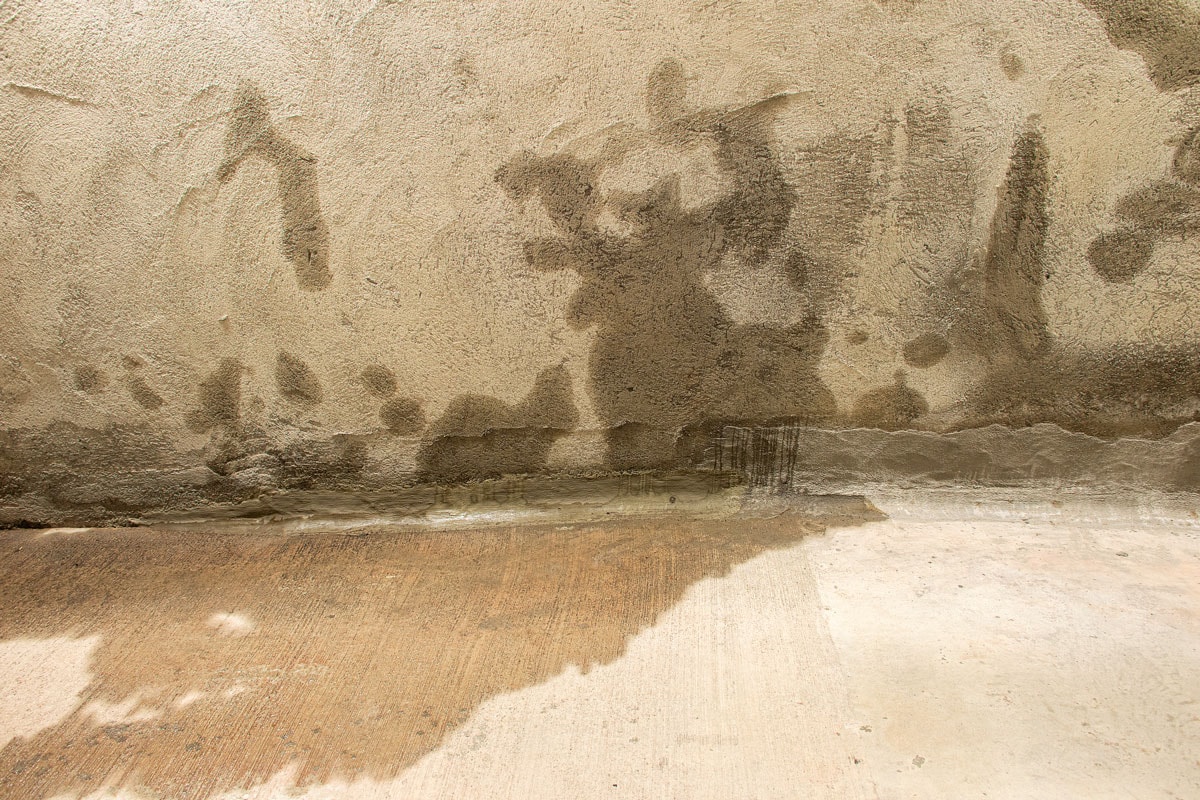
The radon water will pass through the check valve, preventing water from returning to the pit. The sump pump will continue to push the water until it reaches the endpoint outside the house. The discharge pipe will then direct the water to the primary sewer system.
Ventilation Fan
Having a ventilation fan in a mitigation system depends on the piping system. If the pipes run directly to the sewer, a ventilation fan is unnecessary.
However, some homeowners prefer a suction fan that allows radon to run through the attic and to the open air above the roof. A ventilation fan is ideal for those far from the sewer system.
Can You Reduce Radon Level?
Yes, there are ways to reduce the radon level in your home. Remember that radon mitigation is still recommended if the radon level is high. These tips are just an additional methods for decreasing radon levels.
Allow Air Circulation
The key to reducing radon levels is allowing air circulation. This will push the radon out of the area and change the air in a room using rapid air movement. Ideally, you should use a heavy-duty electric fan, especially in a poorly ventilated area.
Seal the Walls
You should seal the cracks and holes in the walls to block external air from invading the house's area. Wall cracks are crucial, especially in the basement where radon usually starts. Since the basement is underground, harmful gasses can penetrate cracked walls and floors.
Keep the Area Clean
Frequent cleaning is effective in reducing any harmful chemicals in your home. Schedule a monthly general cleaning in your house or even a daily cleaning routine. With cleaning, the toxic chemicals will significantly decrease. You should also dispose of old items in your home to avoid attracting insects and other pests.
Final Thoughts
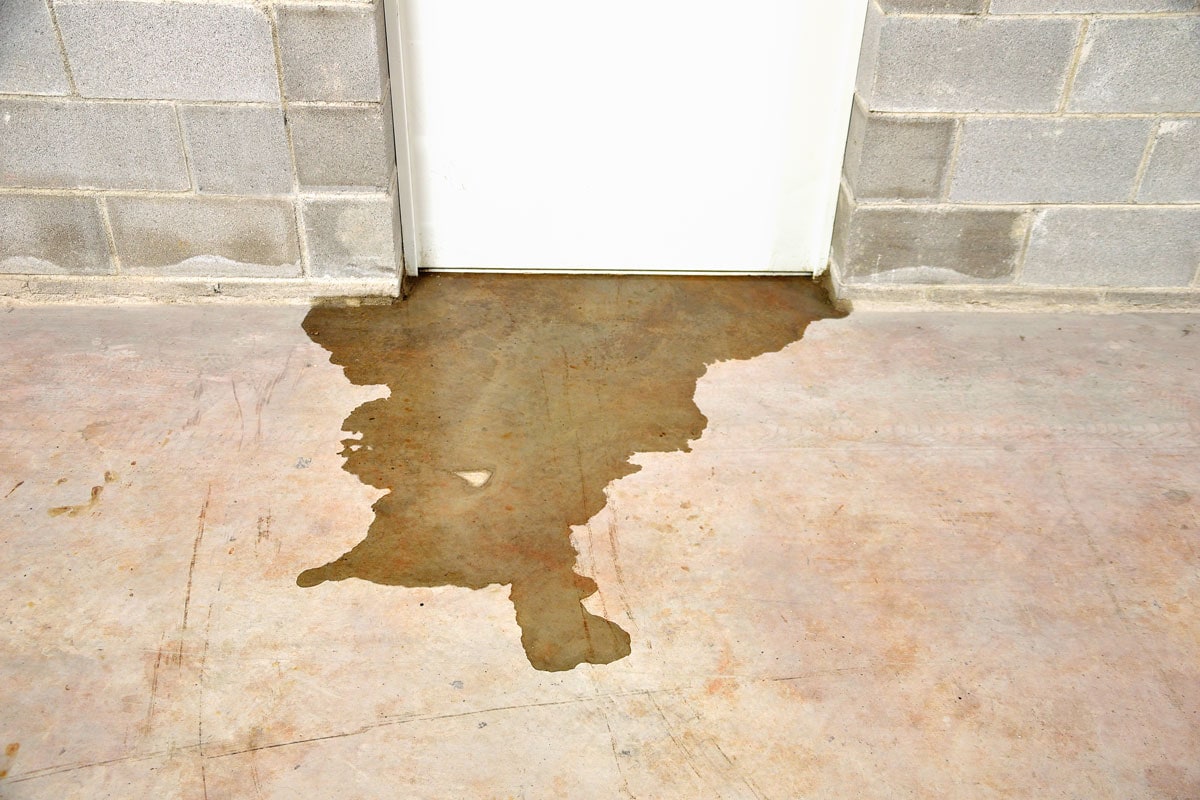
We've covered the importance of checking the basement for water leakages after radon mitigation and provided possible ways to fix the issue.
Also, we discussed how the sump pit and the entire radon mitigation system work, so you will know what to look for when problems arise. Finally, we tackled ways to reduce the radon levels in your house. Remember that cleanliness is safety.
Interested in topics similar to this one? Check out our related articles here:
How To Ventilate A Basement With No Windows
What Is The Best Sealant For Basement Walls? [3 Great Options Explored]


